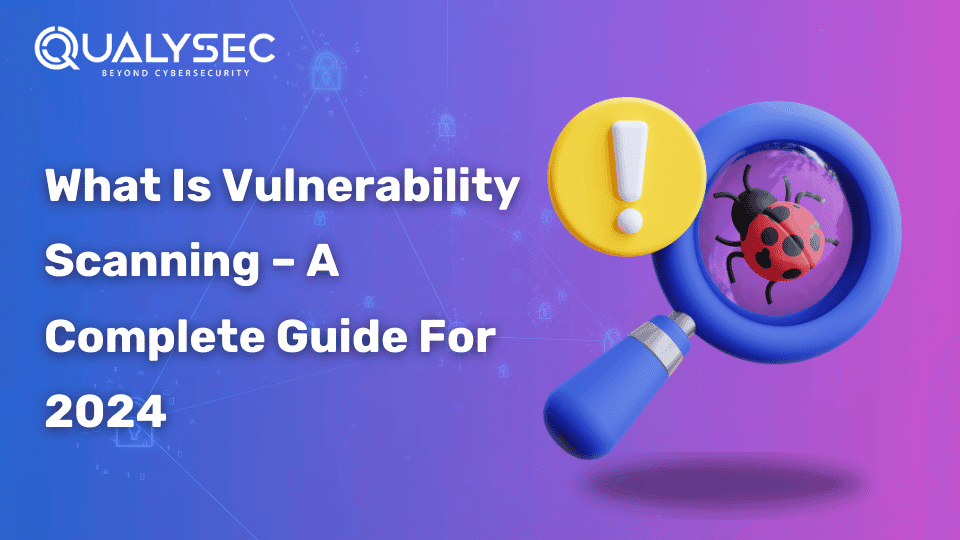A Comprehensive Guide to Vulnerability Assessment Services in UK
Today’s connected world creates new cybersecurity threats for UK firms, whether from ransomware or zero day exploits. When cyberattacks become harder, it is not enough just to rely on a firewall or antivirus. That’s the point where vulnerability assessment services become important. By performing a vulnerability assessment, businesses can locate weaknesses in their systems, networks and applications ahead of any enemies. In finance, healthcare, education or e-commerce, knowing where you are at risk should be your first priority for keeping safe. The blog outlines in detail what vulnerability testing is, the main approaches to testing, the key stages and the leading providers who help with vulnerability scanning service in the UK. What is a Vulnerability Assessment? A vulnerability assessment service looks for, categorizes and ranks the weaknesses of your company’s digital infrastructure in a planned way. Problems could develop in the servers, in the network itself, in web applications, in databases or in various endpoint devices. It’s essential to discover entry points that hackers could use before they are exploited. Where a pentesting acts out an actual attack, a vulnerability test is designed to find and list as many weaknesses as possible. It allows you to find risks and address them at the beginning of the project. Typically, vulnerability assessment services consist of the following: In the UK, it is common for GDPR, ISO 27001 and Cyber Essentials to recommend or insist that businesses conduct regular assessments. Because of these facts, companies are better off using vulnerability testing as a practice and not something optional. Key Stages in a Vulnerability Assessment Learning how a cyber security vulnerability assessment functions helps organizations organize, focus on and address their security issues. Now let’s go over the important phases: 1. Asset Discovery Part of this is listing and mapping out your IT infrastructure’s servers, endpoints, software applications, cloud settings and APIs. If we don’t know what is there, we can’t protect it. 2. Vulnerability Scanning With automated tools and updated databases, the vulnerability scanner checks systems and marks down any weaknesses, unpatched systems or incorrectly set permissions. 3. Risk Evaluation Some vulnerabilities put your system at greater risk than others. At this stage, experts list vulnerabilities by how easily they may be exploited and how serious the possible outcomes could be. We need to make sure we focus on the main areas. 4. Remediation Planning A roadmap for fixing the problems is made by giving jobs to the appropriate teams. As part of this, you can update software, rewrite code or alter configurations. Certain vendors will run another test to ensure the fix has worked. Read our recent article on Vulnerability Assessment Methodology! Types of Vulnerability Assessments Each vulnerability is not alike, so different ways to find them should not be treated the same. The infrastructure, goals and overall risk found in your organization will help you choose the right kind of vulnerability assessment as a service. The list below explains some of the most common issues: 1. Network-Based Assessments Concentrates on spotting unprotected systems, outdated software used for communication, misconfigured network firewalls, and systems with open ports. Best for: These products are ideal when enterprises have big IT infrastructures, remote staff or both. 2. Application-Based Assessments Views web and mobile applications to find outdated code, security gaps from SQL injection, lacking user verification and improper session management issues. Best for: SaaS sites, ecommerce businesses and companies providing customer-centric applications. You might like to explore: web app security testing and mobile app security testing. 3. Host-Based Assessments Checks workstations and servers individually to find operating system problems, outdated applications or improper permissions. Best for: Firms that hold sensitive information on local machines or shared systems. 4. Performing evaluations for wireless networks Analyzes dangers in Wi-Fi security such as weak encryption, unauthorized access points and mishandled guest networks. Best for: Workplaces with wireless access points and networks used by visitors. Every assessment approach helps build a complete view of the risks to security. Merging the assessments permits the exposure of weak points at several layers in your IT system. Need both scanning and exploitation analysis? Vulnerability Assessment and Penetration Testing Top Vulnerability Assessment Service Providers in the UK If your UK company wants to improve security and look for vulnerability assessment company. Here are a few top companies that provide useful vulnerability assessment services. They help find, rank and solve security issues before bad actors can use them. 1. Qualysec As a top application security company, Qualysec delivers innovative vulnerability assessment services designed for both UK enterprises and startups. With a lot of attention to manual testing, they detect advanced security risks that computers often fail to identify. Services Offered: Key Strengths: For an integrated testing package: Penetration Testing and Vulnerability Assessment. Download our Sample Penetration Testing Report to understand how vulnerabilities are reported and mitigated. Latest Penetration Testing Report Download 2. CYFOR Secure CYFOR Secure uses managed vulnerability assessments to show UK businesses which security issues affect both external and internal parts of their network. Key Highlights: Checking processes designed for every size of organization and its level of risk Regular support for scanning equipment A well-integrated approach with response and digital forensics services 3. CyberLab Using both semi-automated CREST-approved and automated methods, CyberLab provides vulnerability testing in UK for scalable results. Key Highlights: Keeping the scanner active all the time protects you. Reports that need to be acted on most urgently Definitely useful for SMEs wishing to conduct testing repeatedly 4. Sencode Sencode merges assistance from bots with expert understanding to give effective vulnerability assessment services and security vulnerability assessment. Key Highlights: Checking the accuracy of what the computer indicates After finishing remediation, you can obtain a fresh set of test results without charge. We set prices for small to midsize businesses. 5. Evalian Evalian’s vulnerability scanning services in UK are tailored to meet important rules set by regulations. Key Highlights: To avoid disasters, ensure your company follows ISO, NIST






